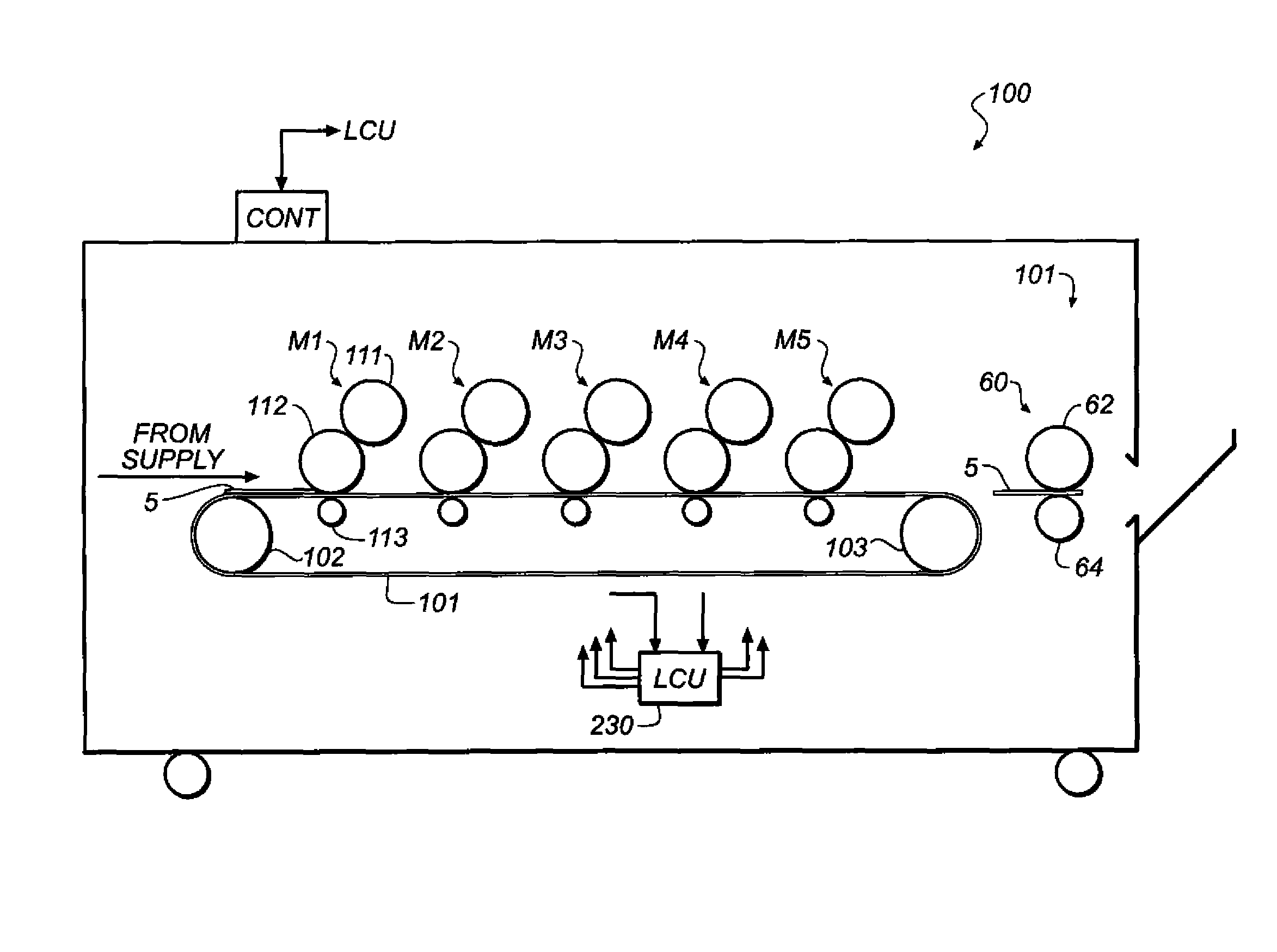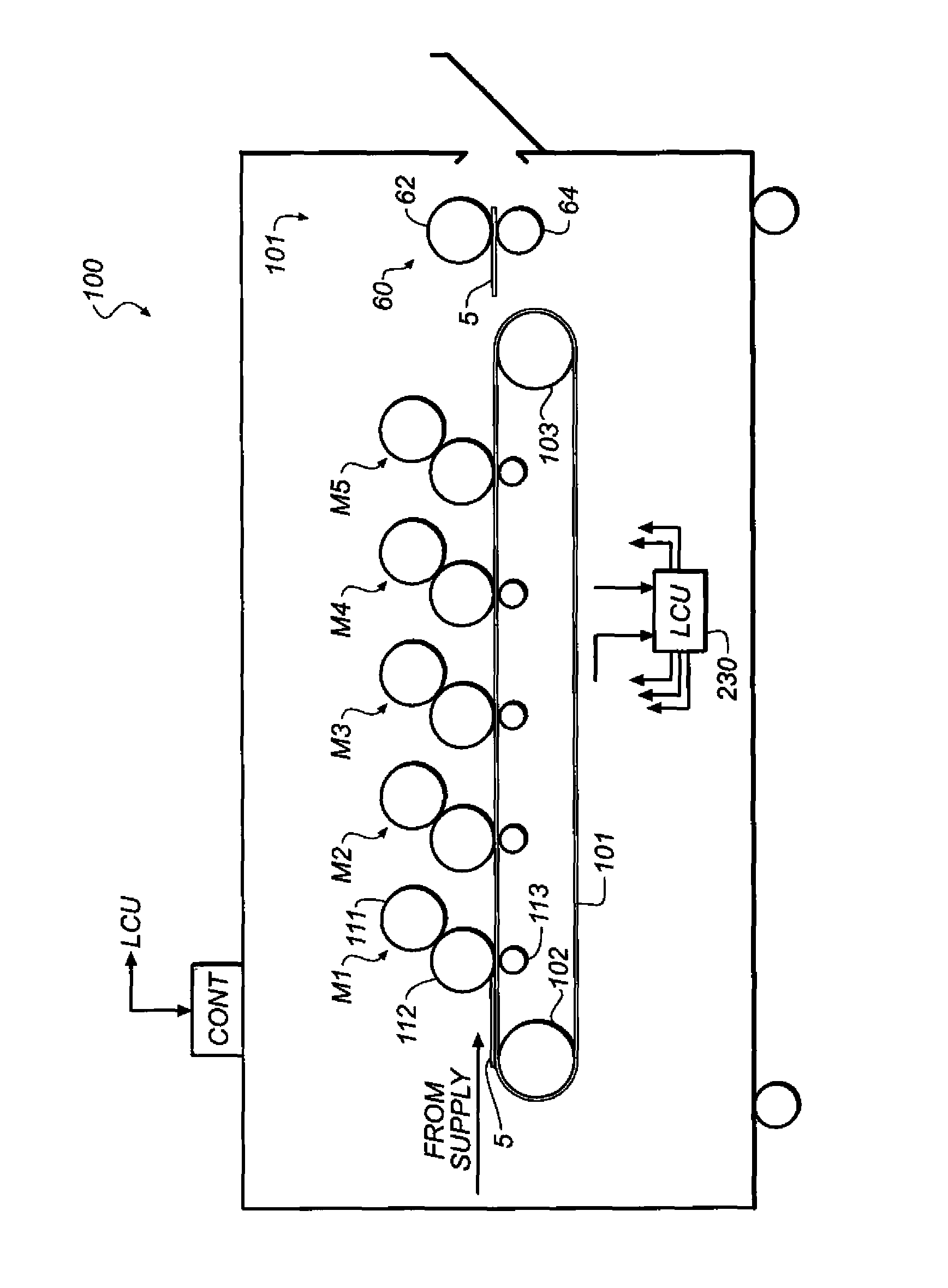Preparing color toner images with metallic effect
a technology of color toner and metallic effect, which is applied in the direction of thin material processing, electrographic process equipment, instruments, etc., can solve the problems of imperfect reproducibility of metallic hues, difficulty in reproducing gold tone through such a color mixture, and inability to readily incorporate metallic pigments, so as to enhance the electrostatic charging properties of metallic dry toner particles, enhance the uniform dispersion of non-conductive metal oxide particles, and enhance the effect of luster
- Summary
- Abstract
- Description
- Claims
- Application Information
AI Technical Summary
Benefits of technology
Problems solved by technology
Method used
Image
Examples
Embodiment Construction
Definitions
[0063]As used herein to define various components of the metallic dry toner particles, polymers, non-conductive metal oxide particles, colorants, and other components, unless otherwise indicated, the singular forms “a,”“an,” and “the” are intended to include one or more of the components (that is, including plurality referents).
[0064]Each term that is not explicitly defined in the present application is to be understood to have a meaning that is commonly accepted by those skilled in the art. If the construction of a term would render it meaningless or essentially meaningless in its context, the term's definition should be taken from a standard dictionary.
[0065]The use of numerical values in the various ranges specified herein, unless otherwise expressly indicated otherwise, are considered to be approximations as though the minimum and maximum values within the stated ranges were both preceded by the word “about.” In this manner, slight variations above and below the state...
PUM
 Login to View More
Login to View More Abstract
Description
Claims
Application Information
 Login to View More
Login to View More - R&D
- Intellectual Property
- Life Sciences
- Materials
- Tech Scout
- Unparalleled Data Quality
- Higher Quality Content
- 60% Fewer Hallucinations
Browse by: Latest US Patents, China's latest patents, Technical Efficacy Thesaurus, Application Domain, Technology Topic, Popular Technical Reports.
© 2025 PatSnap. All rights reserved.Legal|Privacy policy|Modern Slavery Act Transparency Statement|Sitemap|About US| Contact US: help@patsnap.com


